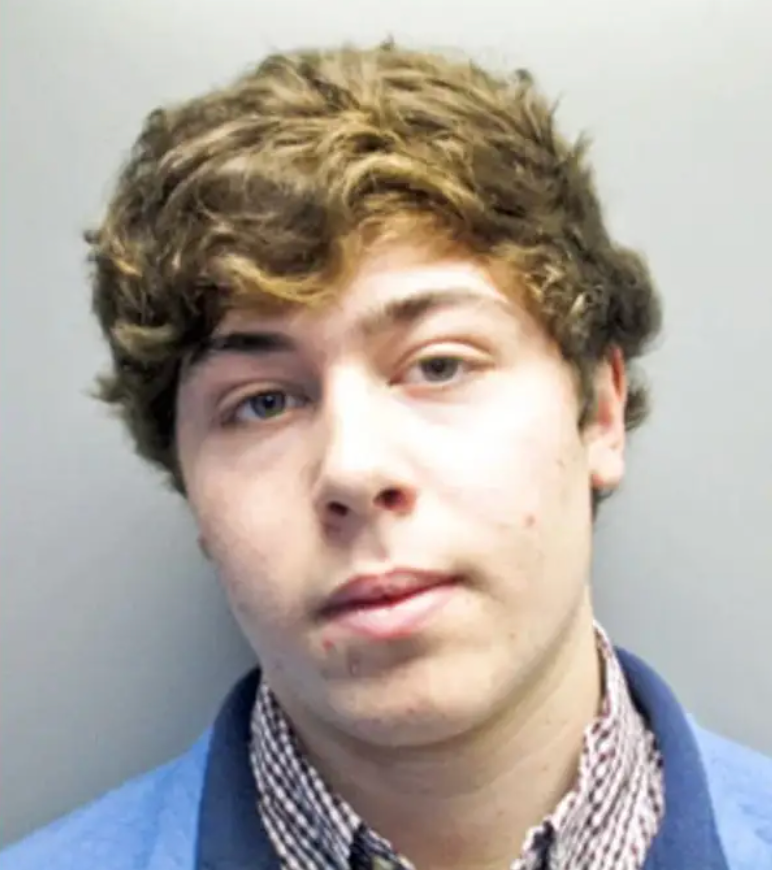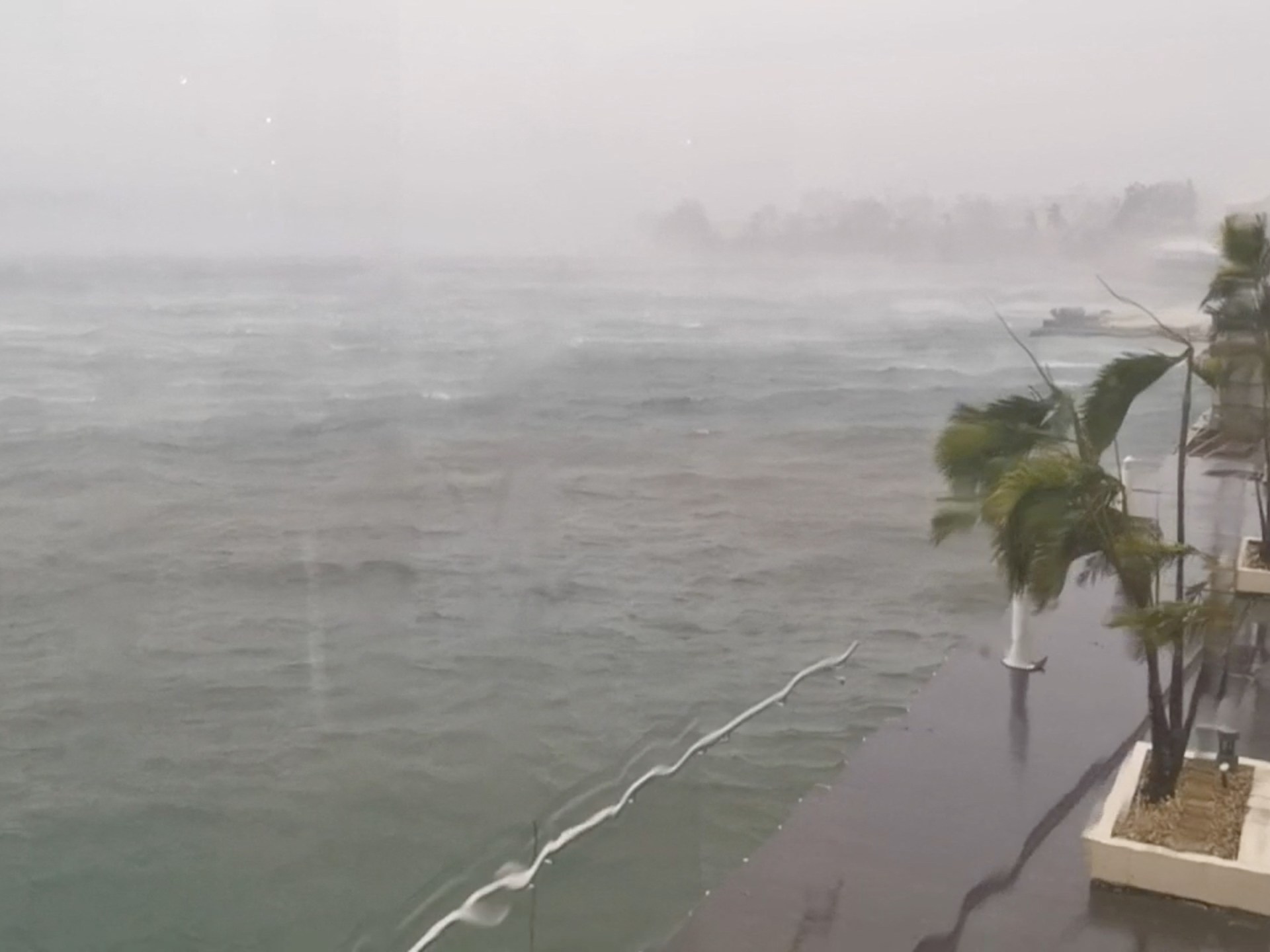‘He never came home’: Woman decries husband’s treatment at Fort Smith health centre
A Fort Smith woman wants answers after receiving medical records from her husband’s death at the health centre last year that don’t line up with her experience of what happened.
Bernadette Samok’s husband, 65-year-old Ernie Tourangeau, had been having difficulty breathing. He lost consciousness in the health centre waiting room before seeing a doctor, and despite efforts to revive him, he never woke up.
“Why didn’t they get someone to look at him right away?” said Samok.
Samok asked the health centre for her husband’s medical records. According to Tourangeau’s outpatient services report, he arrived at the health centre on Oct. 16, 2020, at 12:05 p.m.
The visit record says he went blue and became unresponsive “within seconds” of entering the waiting room and was “immediately brought into the trauma bay by nursing staff.” After “over 25 minutes of CPR” and discussion with the family, the decision was made to stop.
Medical records, obtained by CBC News, note Tourangeau’s time of death as 12:39 p.m.
But Samok says the records’ version of events are inaccurate.
She said they actually arrived at the health centre 31 minutes earlier, at 11:34 a.m., and despite asking to be seen right away, they were told to wait in the waiting room.
Samok wants to know why her husband wasn’t seen immediately, and why his medical record was altered to suggest they arrived later.

‘I started screaming for help’
Samok said on the morning of Oct. 16, 2020, Tourangeau was having trouble breathing, so they decided to go to the emergency room.
Tourangeau was having such difficulty, said Samok, that she had to help him get dressed.
Samok said they arrived at the health centre at 11:34 a.m. She knows because she checked her phone when it beeped with a notification from a board game app.
She said the receptionist told her to go to the waiting room because there was only one doctor working, which she did.
“I was going to put the TV on, and he said, ‘I love you, hun,’ and I said, ‘I love you, babe,’ then I heard [a gasp]. I heard him breathing like that and I looked and then he wasn’t breathing,” said Samok.
“I started screaming for help.”
Samok said a nurse and doctor rushed in and brought Tourangeau to the trauma room. She looked at a clock and the time was 11:55 a.m. That’s when she called Tourangeau’s sister, Eileen Tourangeau.
She was screaming and saying, ‘Your brother can’t breathe, your brother’s not breathing.’– Eileen Tourangeau, sister of Ernie Tourangeau
“She was screaming and saying, ‘Your brother can’t breathe, your brother’s not breathing,'” Eileen recalled. She said she was on her way home for lunch at around noon when she got Samok’s call.
The Northwest Territories Health and Social Services Authority (NTHSSA) declined to speak to the change on the health record, but a spokesperson did say that “we will be following up directly with this family to determine appropriate next steps for review of the concerns they have raised.”
The spokesperson said the NTHSSA wasn’t aware of concerns surrounding Tourangeau’s death until receiving questions from CBC News.
Samok didn’t complain to the NTHSSA about how Tourangeau was treated, or about what she says are errors in his medical records.
“I was too hurt. I wasn’t myself then,” she said. “I’m still not 100 per cent myself yet.”
Correcting errors on health records
Samok said she was never told exactly what caused Tourangeau’s death, only that he had an enlarged heart.
She said he’d been having trouble breathing for a number of weeks before he went to the ER. Tourangeau’s visit record says there was no need for a formal autopsy.
What disturbs Samok is that her husband wasn’t seen immediately, and, she said, that his outpatient services record was changed to indicate that they arrived at the health centre 31 minutes later than the time she noted on her phone.
“They crossed off that 11:34 and put 12:05. I don’t know why they did that,” said Samok.

According to the documentation guidelines of the Registered Nurses Association of the Northwest Territories and Nunavut (RNANT/NU)’s, changes to health records must be carefully documented to protect the record’s integrity.
It says an error should be corrected by drawing a single line through the entry, initialling it, and writing “mistaken entry” above, along with the date and time of the correction.
“The content in question must remain clearly visible or retrievable so the purpose and content of the correction is clearly understood,” reads the guidelines.
That isn’t what was done on Tourangeau’s outpatient services report.
Denise Bowen, executive director of RNANT/NU, said “documentation is a crucial component of safe ethical and effective nursing practice.”
She said registered nurses are required to be “familiar with and to follow the best practices on documentation such as the one published by RNANT/NU.”
Records don’t match Samok’s account
There are other parts of Tourangeau’s medical records that don’t match Samok’s account.
The records state Samok drove Tourangeau to the clinic, but Samok said Tourangeau drove because she doesn’t drive.
The records also say Tourangeau walked into the ER using the handles of a wheelchair for support, and that he responded to COVID-19 screening questions “appropriately and speaking in full sentences.”
Samok said she pushed Tourangeau into the ER in a wheelchair and that he didn’t talk to anyone. Rather, she spoke to a receptionist on his behalf.
‘I would hate to know that people are racist’
Samok and Eileen wonder whether the fact that Tourangeau was Indigenous factored into how he was treated.
“I hate to say it, but I don’t know if it’s because he’s Native. I hate to think that way,” said Eileen.
“[I] come from a small town. I would hate to know that people are racist. I know it exists, but still, when it’s this close, it doesn’t feel good.”
CBC News asked the NTHSSA to comment on concerns that Tourangeau was treated differently because he was Indigenous. The NTHSSA did not directly address the concerns.
Tourangeau ‘liked to help. Loved his grandkids’
Eileen said Samok and Tourangeau were always together.
“The only time, I think, Ernie was not around her was when she went to a sewing class,” she said.
“He didn’t have lots of money, but he … liked to help. Loved his grandkids.”
Eileen, as well as Samok’s daughter, said Samok told them over the phone that Tourangeau was being worked on by medical staff minutes earlier than his medical records suggest.
Samok said Tourangeau, who she’d been with since 1999, was loving and caring, and that he’d raised her kids as his own.

Last week Samok said that an NTHSSA administrator called her to ask if she wanted to talk about the day Tourangeau died.
She told CBC News she didn’t want to talk to them because she worried they’d try to discourage her from speaking to the media.
“If they listened to me when I brought him in, my husband would still be here,” she said.
Samok said she wanted to go public because she wants future patients to get better treatment than Tourangeau had.
“I hope they get someone to check on patients right away so they don’t go through the same thing I did,” she said.
“I didn’t know that was going to be his last trip from our house to the clinic. I thought he was going to come home that evening.
“He never came home.”





